Last month, I joined a virtual presentation by the Global Wellness Summit on the newest trends in wellness for cancer. Over 500 participants representing 59 countries registered to hear the international panel of integrative practitioners.
Speakers included Mayo Clinic medical oncologist and lead researcher Minetta Liu, MD, functional medicine practitioner Johannes Wessolly, MD of the Miskawaan Health Group, Silicon Valley oncology surgeon Shyamal Singhal, MD, PhD, FACS and Becky Kuehn of Oncology Spa Solutions.
Moderated by Julie Bach of Wellness for Cancer, the primary focus was new developments in early detection, the multifaceted benefits of yoga and advancement in immunotherapies.
“Cancer is globally relevant,” stated Bach, “and as the wellness and medical communities move forward in common directions – even offering the same services – it is important that we have robust conversations about these trends so that we have a shared vernacular.”
Innovation in early detection
Dr. Liu has been working to identify blood-based biomarkers related to cancer for 20 years and was excited to share that even early cancer detection through blood is now a reality.
Initial work focused on blood-based biomarkers in the setting of metastatic disease, and more recent efforts are establishing their value for patients who are newly diagnosed, who have completed treatment for early-stage cancer and are at risk of cancer returning in the future. “These tests should help us better identify those individuals at greatest risk of recurrence and tailor treatment plans appropriately.”
With technological advances, it is now possible to detect even smaller amounts of tumor-related material in the blood. This development could improve cancer screening in the not-so-distant future. Currently, we have standard screening tests for five cancers: breast, cervical, colon/rectal, lung and prostate. We don’t have screening paradigms for other cancers like brain, pancreatic, and head and neck cancers, which usually present at later stages when patients start showing symptoms, she said. Doctors then order a work-up, but the cancer is often advanced by that point.
“Imagine a time when you get an annual blood draw that screens for multiple cancer types at the same time. The result would report whether or not a cancer signal is detected, and if it is detected, it would report from where it is coming. We could diagnose cancers at an earlier stage – before the onset of symptoms – when we are more likely to cure them.”
Well, that time is very near. “Blood draws are favorable because they are much less invasive than needle biopsies and surgery. These tests cannot be used to diagnose cancer, but they can be used in conjunction with standard screening tests like mammograms to identify individuals who need further evaluation.”
There are multiple companies developing tests, and all are working with clinicians and researchers in academia; two have made it to pilot implementation studies. Galleri is the first to be commercially launched. It reports on the presence of a cancer signal and the origin of the cancer signal if it is identified. Trials continue to assess individual results, and while these tests are a game-changer, Liu stated, we still have a lot to learn.
Yoga for recovery and wellbeing

“Within the clinical research of yoga, cancer is the number one thing being researched,” said Bach. “It has a very large place when it comes to complementary medicine. 89 percent of cancer institutes provide information about yoga, and 69 percent offer classes onsite.”
In the west, we often think of yoga as simply exercise and movement. Certainly, there are aspects of yoga that help with fitness, range of motion, coordination and balance, but yoga goes beyond postures and includes breathing therapies, relaxation and mindfulness. “Learning how to regulate our emotions and having a greater awareness of who we are beyond our physical selves can help cancer patients realize they are more than their disease,” said Bach.
She compares yoga to a nesting doll as it provides tools to go deeper and to discover one’s true self. The outside doll is the physical body; under that is the vital body (the energy that makes the body work), followed by the intellectual mind, the personality and at the center, the heart, which is “where true bliss can be found” through self-discovery.
Unleashing the power of the immune system
Our immune system is our life insurance policy, and without it, we cannot survive cancer. Immunotherapy enhances our body’s natural ability to fight disease, and biological treatments available are proving to be very effective. “There is a lot of research taking place to see how we can use immunology as a standard part of cancer care,” said Liu.
Functional medicine doctor Johannes Wessolly, MD shared new procedures currently approved in Germany and Thailand that utilize our own immune cells. “We can now extract natural killer cells [like T-cells] from the body, expand them and then reinfuse them back into the body,” he said. “Sometimes a body is so toxic from cancer therapies that killer cells cannot grow in that environment. If we take them out of the body, we can enhance their natural ability.” He added that they can also manipulate stem cells to turn them into killer cells for patients whose immune systems have nothing left.
It is encouraging to see the medical and wellness communities come together on an international platform. “Within the medical community, care takes place,” Dr. Singhal concluded, “but in the wellness community, healing can happen.” It is important for the two worlds to continue to work together for whole-person care.
To view the presentation, visit www.globalwellnesssummit.com/featured/wellness-for-cancer-sector-spotlight. For more information on Global Wellness Institute, visit www.globalwellnessinstitute.org.
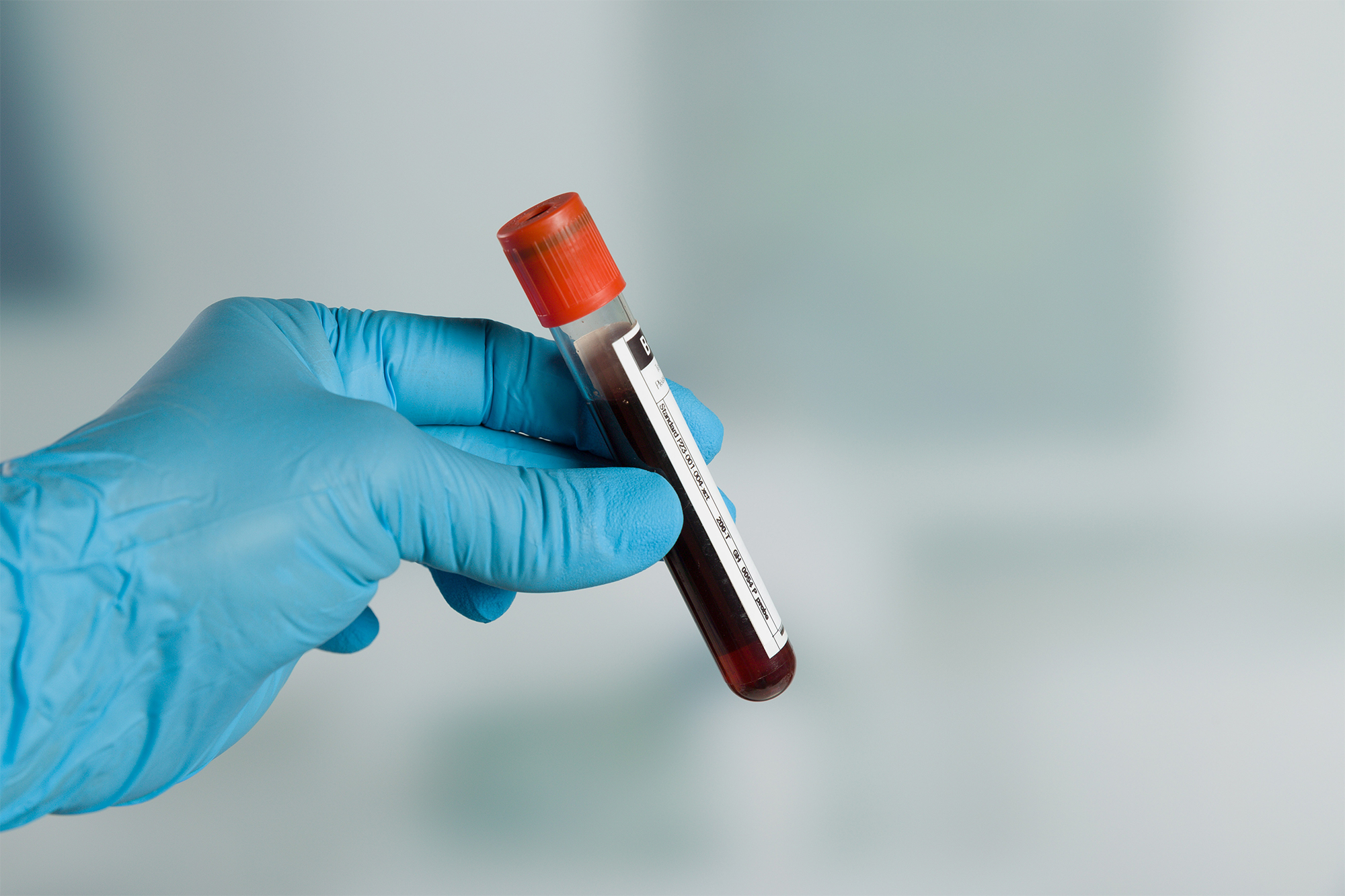


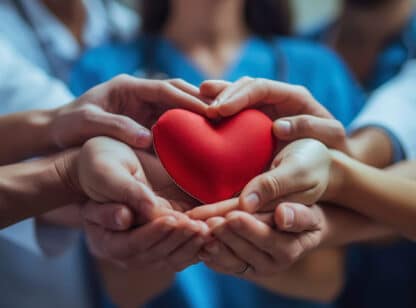
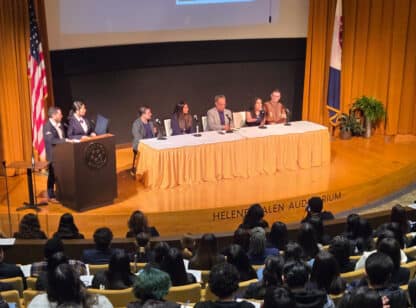



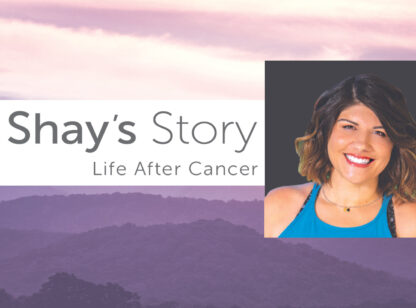

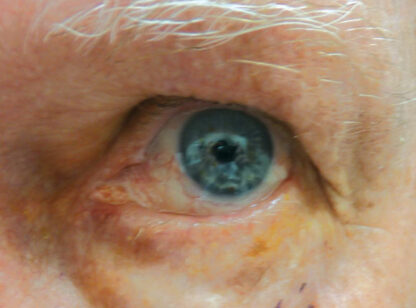
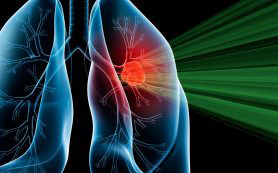
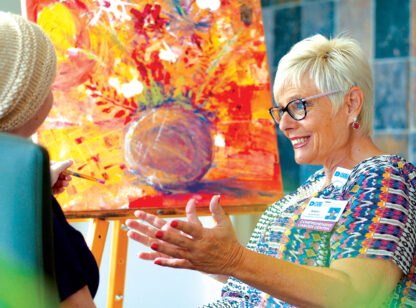
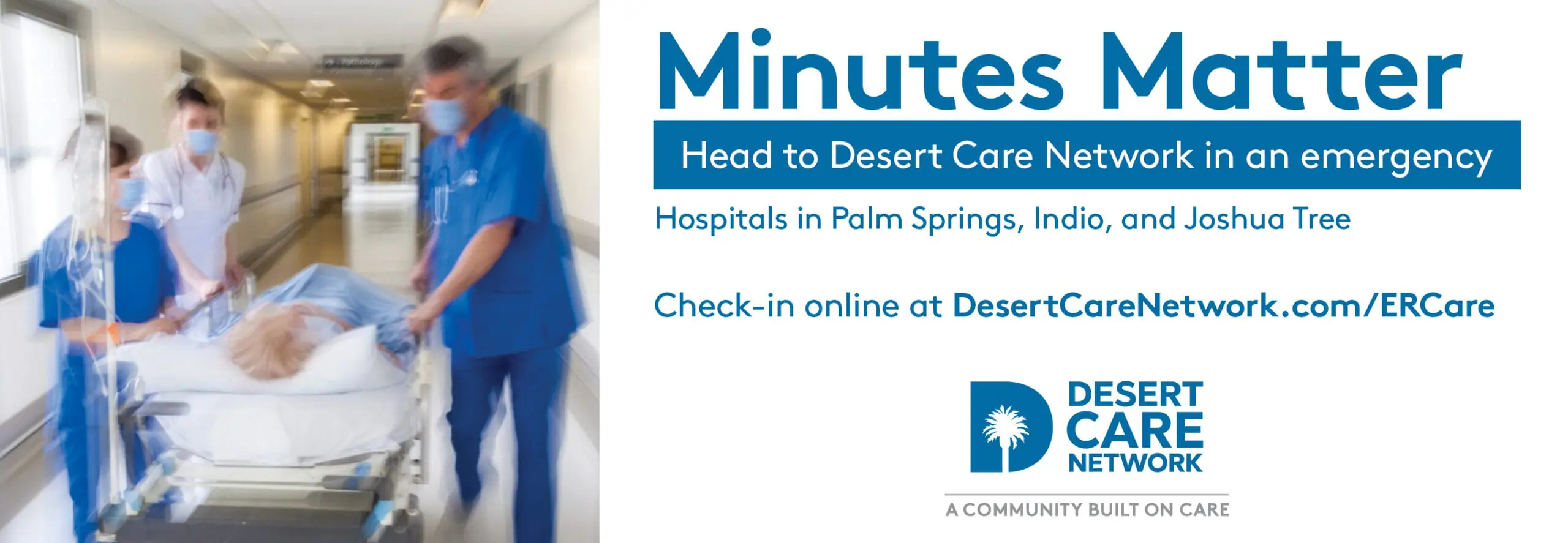
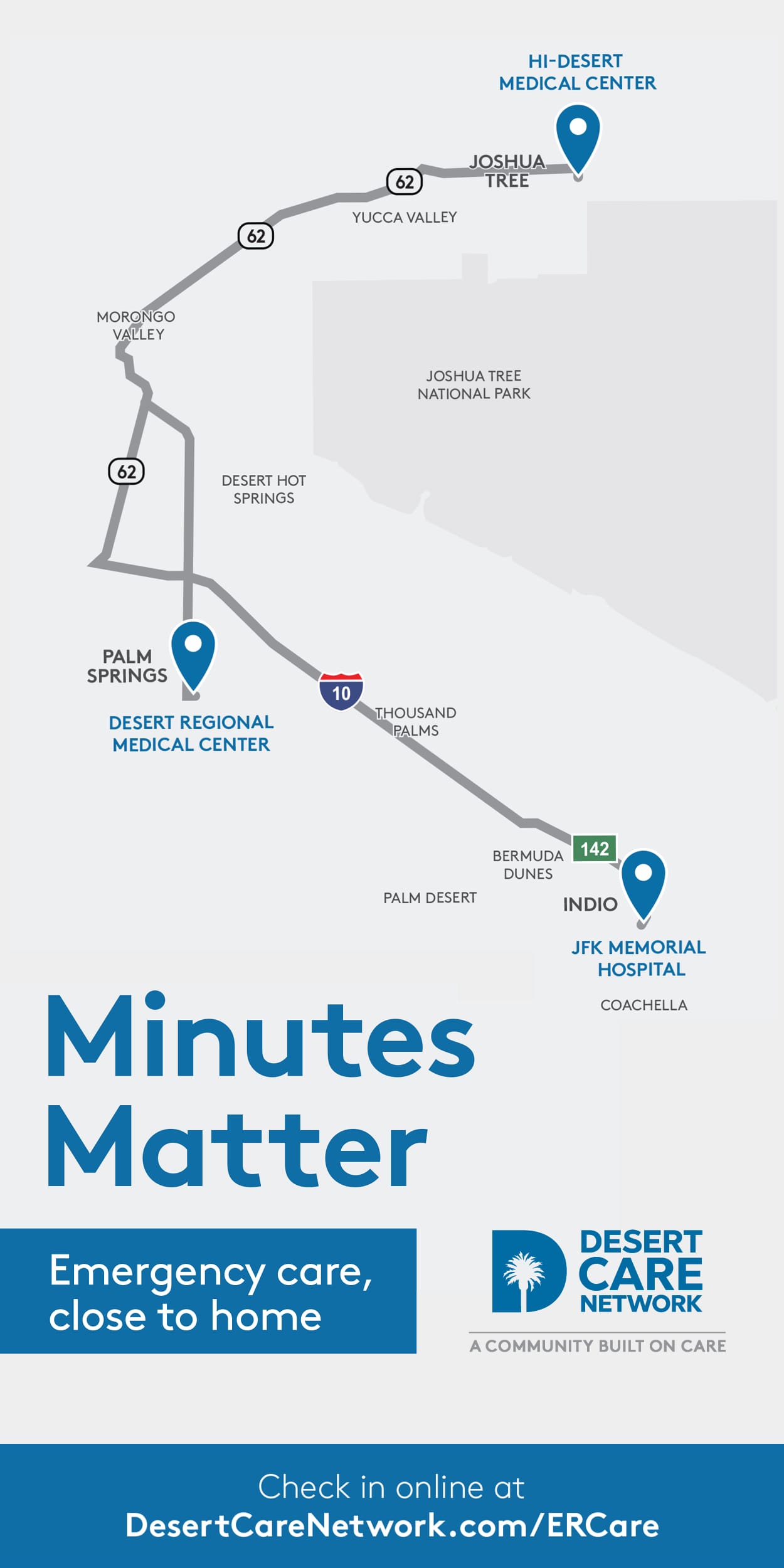
































Comments (0)